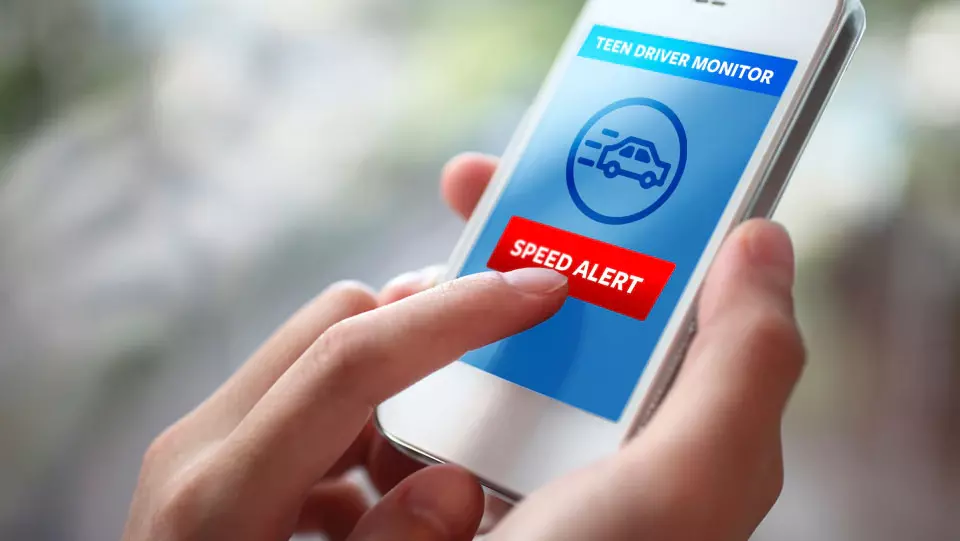5 Teen Texting and Driving Tips


Your teen receives a text. Thumbs flash, head bends forward, eyes only on the tiny screen in hand; the urge to connect, nearly irresistible.
It is hard to imagine your teen (or any other teen) not responding.
But that is exactly what young drivers must do to help stay safe on the road.
Considering teens’ desire for constant connection, that is not always happening. And the results are often tragic. In 2010, 11% of young drivers in fatal crashes were distracted; of that number, nearly one out of five were using cell phones, according to the National Highway Traffic Safety Administration.
Here are five things that you can do to help prevent your teen from texting:
- Accept that your teen driver is more likely to text than an adult, and will do so in more risky situations, according to research from Virginia Tech Transportation Institute.
- Know the facts about the effect of texting. It may only take a driver’s eyes off the road for a few seconds, but that is the equivalent of traveling the length of a football field at 55 MPH without looking at the road, increasing the risk of crashing or nearly crashing 23 times, according to research from Virginia Tech Transportation Institute.
- Adopt a “coaching approach” to share these facts in regular conversations with your teen about their overall driving. Provide clear instruction, expectations and support. And consider putting it all in writing in a simple, parent-teen contract.
- Consider technology that can be installed in your vehicles to help you coach your teen to become a safer driver. The technology can help you learn about your teen’s driving habits. Some provide feedback when a driver brakes harshly – often the mark of a texting driver, suddenly refocusing on the road and spotting the rapidly approaching bumper of the car in front of them.
- And do not text while you are driving.



